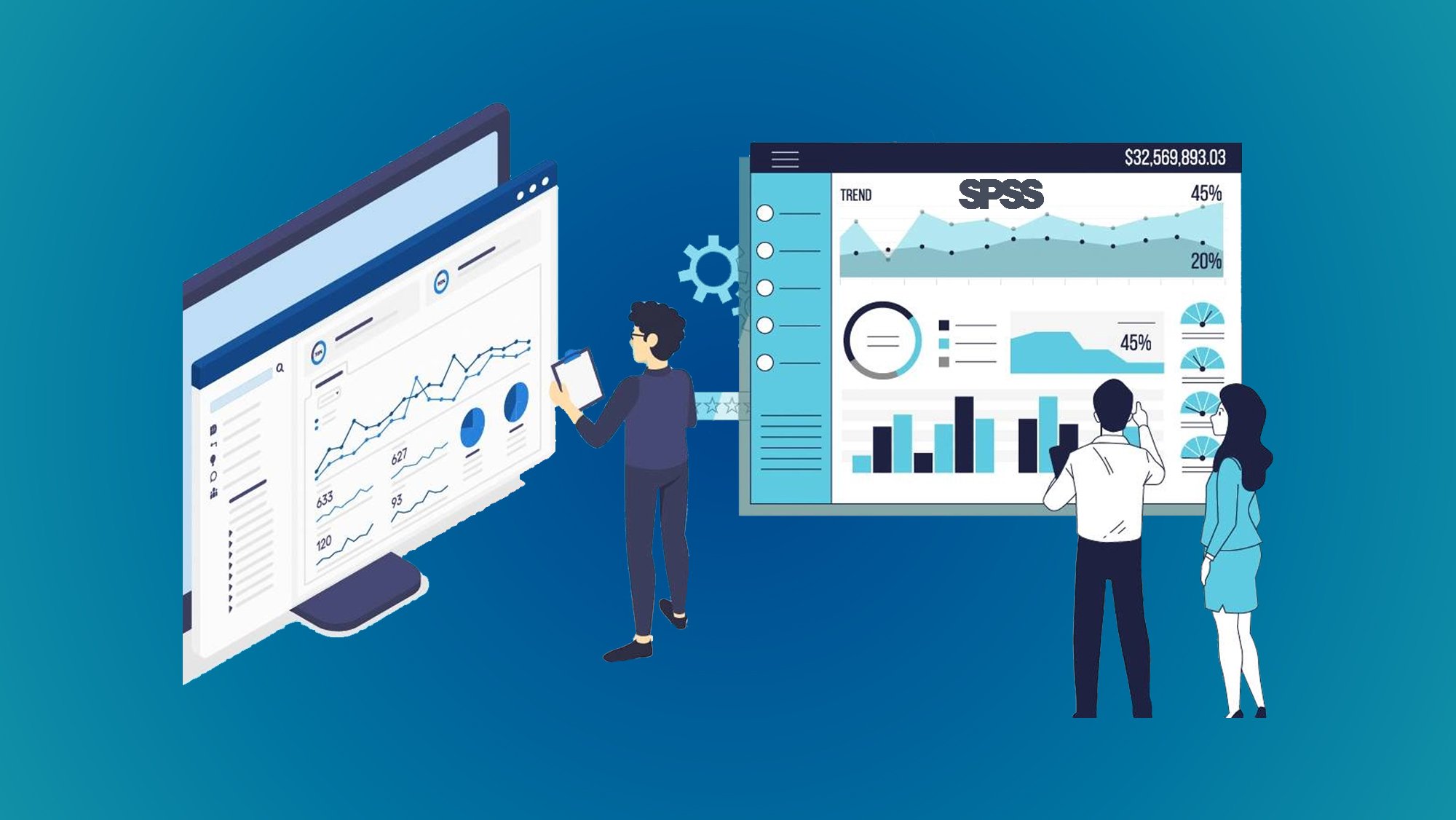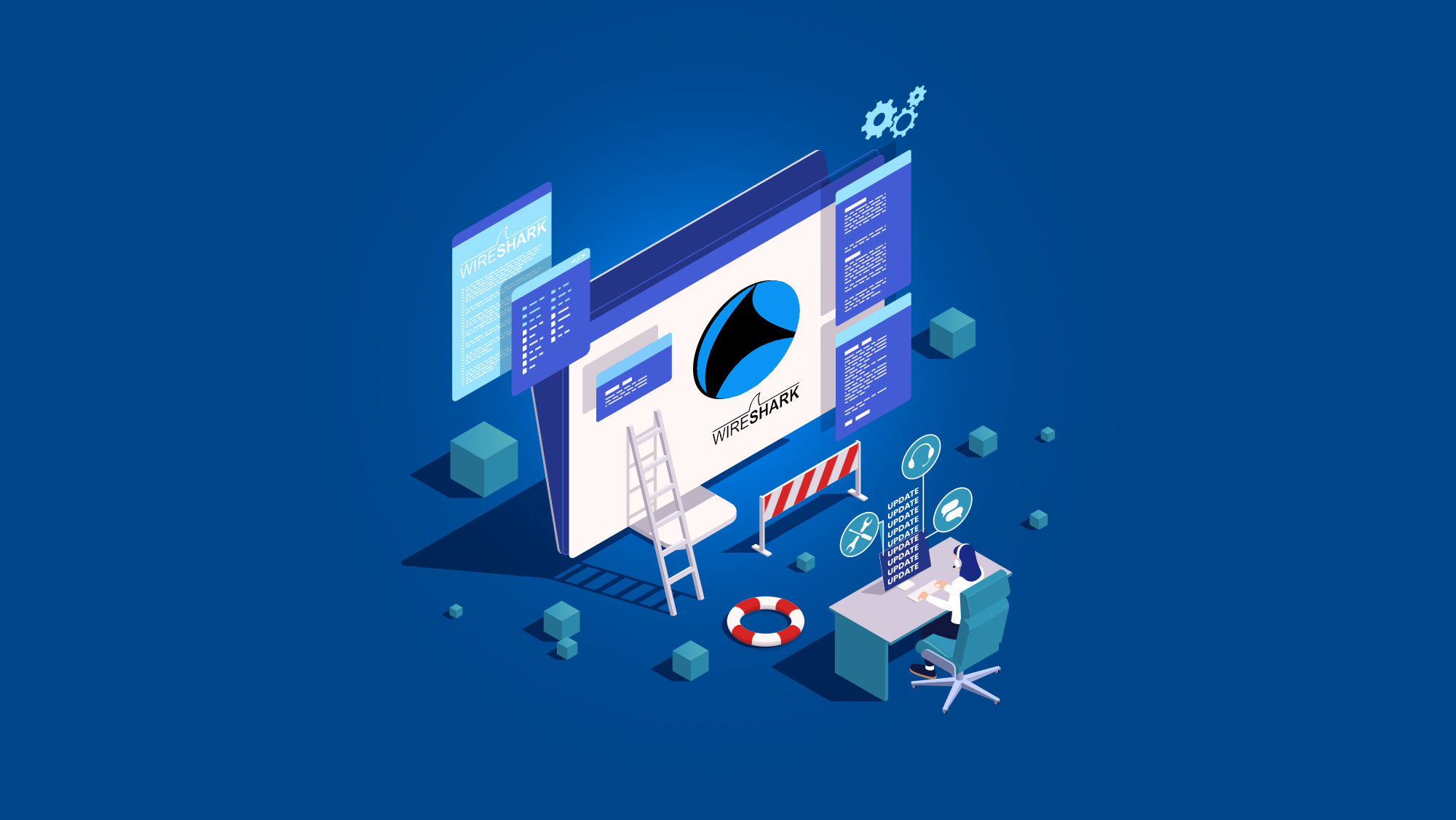SPSS Vs Python: Which Tool Reigns Supreme for Data Analysis?
Introduction:
In the ever-evolving landscape of data analysis, researchers and professionals are constantly on the lookout for the most efficient and powerful tools to make sense of their data. Two popular contenders in this arena are IBM SPSS (Statistical Package for the Social Sciences) and Python programming language. Both tools offer distinct advantages and capabilities, but the question remains: Which tool reigns supreme for data analysis? In this blog, we will delve into the features, strengths, and limitations of SPSS and Python, comparing their suitability for various data analysis tasks.
SPSS: Power and Simplicity
IBM SPSS has long been a staple in the realm of data analysis, particularly in social sciences and market research. Its user-friendly graphical interface appeals to both beginners and experienced analysts, offering a range of statistical techniques and visualization options. Some of the key strengths of SPSS include:
- Ease of Use: SPSS's point-and-click interface makes it accessible to users with limited programming experience. It offers a wide variety of pre-built analyses and visualizations, making it quick to generate results.
- Statistical Analysis: SPSS provides an extensive range of statistical tests and procedures, making it an excellent choice for researchers in fields such as psychology, sociology, and economics.
- Data Visualization: The built-in charting and graphing options in SPSS allow users to create compelling visual representations of their data without requiring advanced design skills.
- Data Preparation: SPSS offers data cleaning and transformation capabilities, streamlining the process of preparing data for analysis.
Python: Flexibility and Customization
Python, on the other hand, is a versatile programming language with a rich ecosystem of libraries and packages tailored for data analysis and scientific computing. It offers a different set of advantages:
- Extensive Libraries: Python boasts a wide range of libraries such as NumPy, pandas, Matplotlib, and Seaborn, which empower analysts to perform complex data manipulations, analysis, and visualization.
- Customization: Python allows users to create custom analyses and workflows, offering unparalleled flexibility to tailor the analysis to specific research needs.
- Integration: Python seamlessly integrates with other programming languages and tools, making it an ideal choice for projects requiring interoperability.
- Scalability: Python's capabilities extend beyond data analysis to machine learning, artificial intelligence, and web development, enabling users to scale up their projects as needed.
Comparison and Considerations:
- Ease of Learning: SPSS is easier to learn for beginners due to its graphical interface, while Python requires some programming knowledge. However, Python's learning curve can provide greater rewards in terms of versatility.
-

- Project Complexity: For simple analyses and straightforward data visualization, SPSS may suffice. However, for more complex analyses involving machine learning, text analysis, or large datasets, Python's libraries offer more advanced capabilities.
- Community and Support: Python benefits from a vast online community and numerous online resources, including forums, tutorials, and documentation. SPSS has its own community, but it may not be as extensive as Python's.
- Cost: SPSS is a commercial product and requires a license, which might be a concern for smaller organizations. Python is open-source and free to use, making it a cost-effective option.
Conclusion:
In the battle of SPSS vs. Python for data analysis supremacy, there is no one-size-fits-all answer. Each tool has its strengths and weaknesses, and the choice depends on the user's specific needs, project complexity, and level of expertise. SPSS's simplicity and pre-built analyses make it an excellent choice for quick insights and basic statistical analyses. On the other hand, Python's flexibility, customization options, and extensive libraries make it an indispensable tool for advanced data analysis tasks, including machine learning and big data analysis. Ultimately, the tool that reigns supreme depends on the context in which it is used and the goals of the data analysis endeavor.
You May Also Like
These Related Stories

Mastering Alteryx: 5 Proven Techniques for Advanced Data Analysis

Everything You Need to Know About OBIA Training



No Comments Yet
Let us know what you think